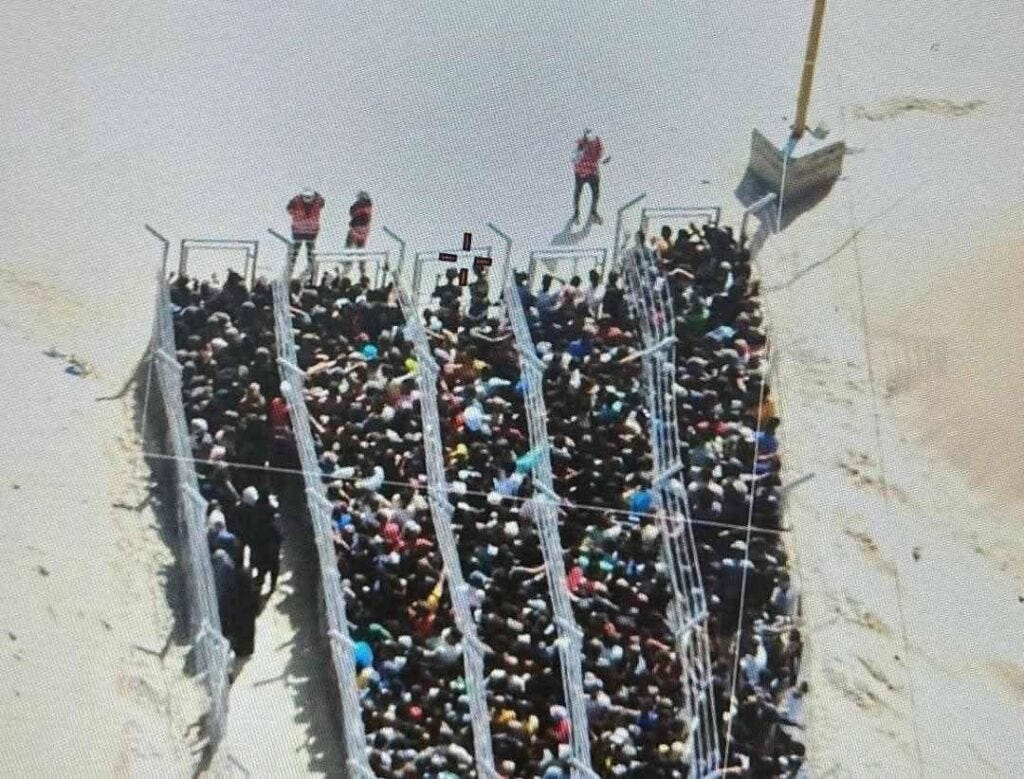“A searing indictment of the brutality and atrocities inflicted on the Palestinians of Gaza and the collaboration of powerful nations in their murder.”
BLOWING UP EVERYTHING IS BEAUTIFUL:
ISRAEL’S EXTERMINATION OF GAZA
IS OUT NOW
AT THE KNESSET BACK in April, Bezalel Smotrich was feeling pensive. A surprise, because the simple act of thought often seems dif…


